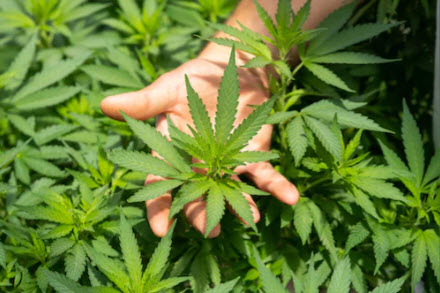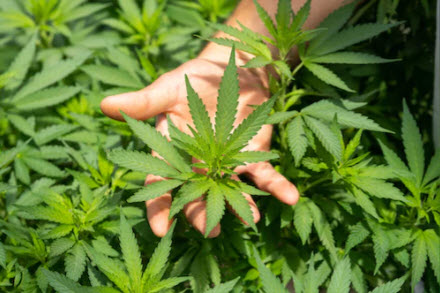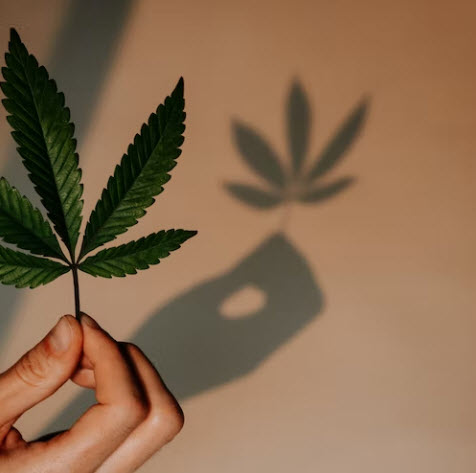The EU just released its revision of GMP Annex 1 regulations. How will these changes affect both the medical and pending recreational cannabis industry across Europe?
Unlike anywhere else in the world, the entire (high THC) cannabis discussion in Europe has revolved around how to fit cannabis cultivation, processing, and packaging within the strict requirements and guidelines of what is known as GMP (or good manufacturing practice). This is a standard that, while globally applied to the pharmaceutical industry and prescribed medical products, is also different between regions.
EU GMP is considered the toughest of these, with Germany’s (of course) being the toughest of all.
Annex I of these regulations, namely the part of the guidelines which describe the EU’s requirements for the manufacture of sterile medical products (imported both across the region and from outside of it) has just been updated.
What will this update mean for the medical cannabis industry? Not to mention the pending recreational one beyond that?
The Cliff’s Notes Overview
Here is what has not changed. The scope, principle, pharmaceutical quality system (PQS) as well as regulations on premises, equipment, utilities, personnel, technologies including those used in production, environmental, process and quality monitoring and the glossary have all remained unchanged.
Here is, according to experts what has changed. The Annex has become more comprehensive (and longer). The section on barrier technologies for premises has almost doubled. Contamination sources like background environment, gloves and decontamination methods have been separated out and expanded. Seal filling has also been expanded in more detail. Beyond this, there are both additions and deletions throughout the entire document. A redlined version comparing the new version with the old is linked here.
Who Should Care?
There are several bubbling debates in the European medical cannabis industry right now on the topic of GMP, beyond the general lack of homogeneity across countries in the region.
The first is the question of outdoor vs. indoor cultivation – and beyond that the discussion about the radiation of the same. There is nothing in Annex 1 that insists that medical cannabis (or any plant-based medicine) must be grown inside, or if not, specifically radiated. What is very specific however is that microbiological contaminants must be strictly controlled throughout the entire production, manufacturing, and packaging process.
This means, in other words, that the strict German requirements of indoor medical cultivation are likely to be increasingly challenged, particularly in a world of rising energy costs and the coming recreational market. Several of the larger producers in Europe in both Spain and Portugal are already experimenting with if not in active distribution of EU GMP certified product that has been grown outside (although not grown in Germany).
How Will These Regulations Affect the Pending Recreational Market?
The first problem that EU GMP regulations create for the cannabis industry is that they are largely obscure to investors (certainly from outside the region) who so far at least, are less interested in paying for the additional costs required for GMP cultivation in the first place. If you have the budget and the experience, finding experts to help guide construction is not hard.
The second is that given this fact in a world of rising costs (including energy prices) there is likely to be a great deal more outdoor growth – and the use of controversial “cleaning” practices – starting with radiation – likely to increase for those crops headed for the medical rather than recreational market.
Indeed, it is highly likely that “medical” and “recreational” cannabis crops will increasingly be cultivated together – with the difference beginning in the curing and processing stages rather than the cultivation one.
This will, in turn, affect medical prices in several adverse ways – namely still making them more expensive than “recreational cannabis” albeit without the possibility that users might have their costs reimbursed by insurers. As a result, the German insurers (certainly) are unlikely to dramatically increase coverage but rather force the vast majority of patients (the ones still uncovered) into a recreational market that such users will, for the most part, still be unable to afford.
What this will also do to the home grow debate, particularly for medical users is another discussion, albeit one that is most likely to be settled by litigation rather than initial legalization legislation now pending anywhere in the EU. “Protecting patients/consumers” by forcing them to rely on their own cultivation is not really the point of GMP regulations – but this may well be the outcome.
How Will These Regulations Affect Non-German Cannabis Cultivation?
It is not just producers in Europe who have to worry about such changes. Every cultivator around the globe targeting the German medical cannabis market also has to be aware of the same (but this was true even before the recent regulatory change). This is mandatory, starting with the construction of cultivation facilities in the first place.
However, what this update may do, however, is begin to make prices more uniform and further, along regulatory standards and by region. For example, German authorities may decide to look at country of origin to determine how a medical cannabis crop has to be treated (especially if not grown indoors).
One thing is for sure. GMP is not going to disappear from the medical cannabis discussion and will almost certainly show up in the process of creating a recreationally legal one too.









